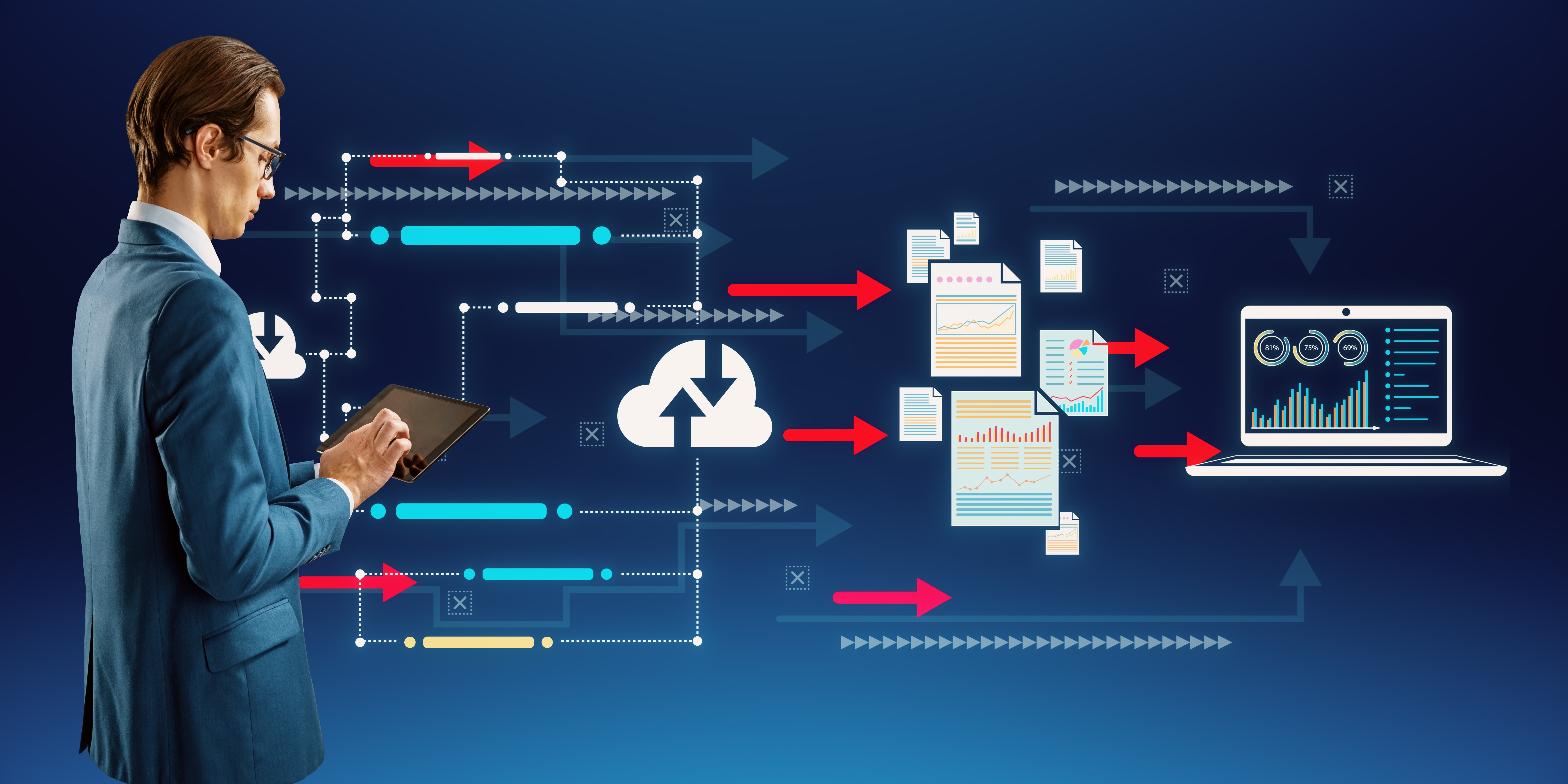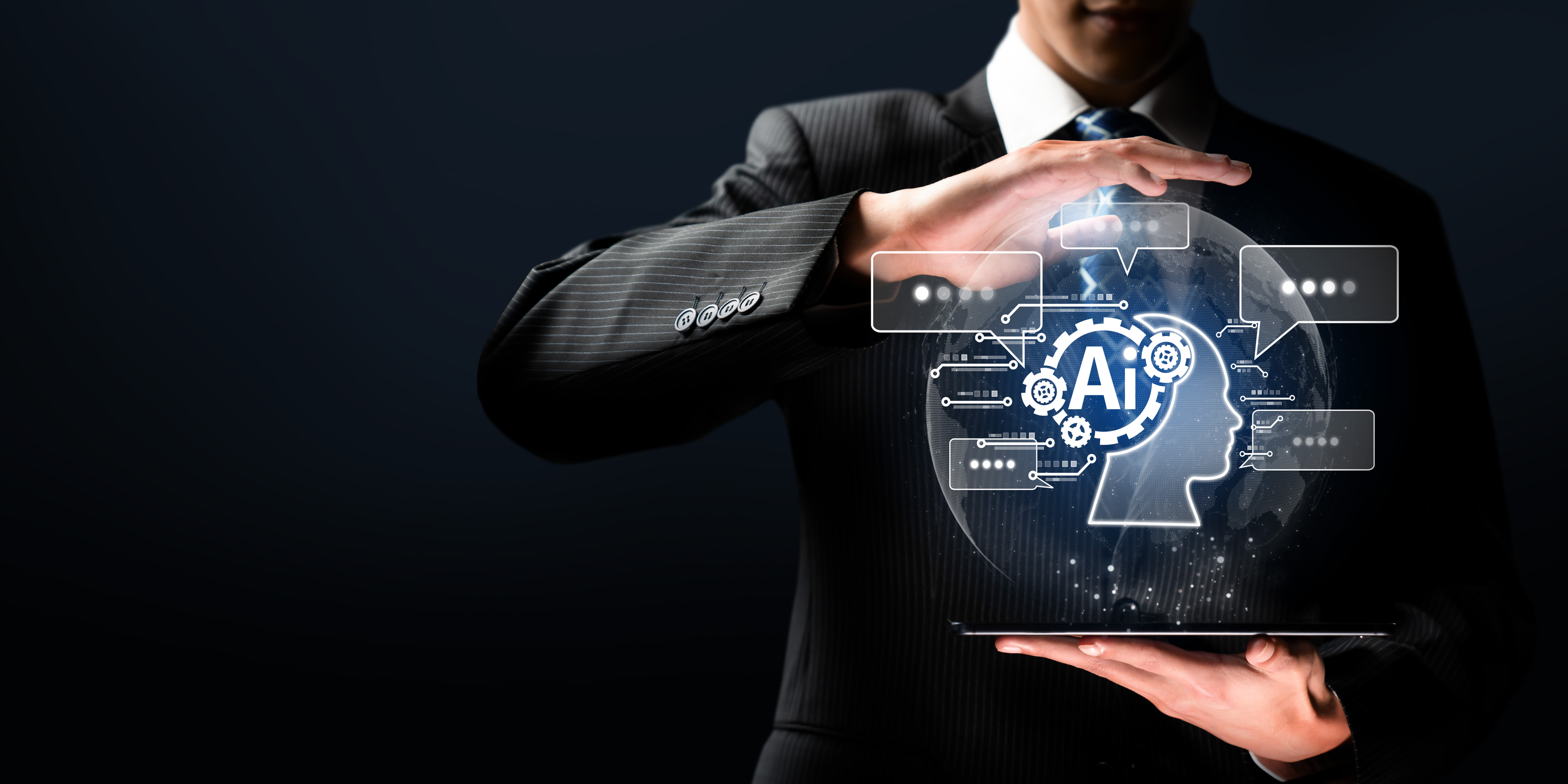Step-by-Step Guide to MCP (Model Context Protocol) Server Deployment

Strong 8k brings an ultra-HD IPTV experience to your living room and your pocket.
The rapid advancement of artificial intelligence and large language models has created a pressing need for standardized, secure, and scalable integration protocols.The MCP server has become a premier solution for integrating AI applications with diverse external data sources, tools, and computational environments, facilitating seamless connectivity. By adopting the Model Context Protocol (MCP), organizations can efficiently manage complex integrations, streamline workflows, and ensure robust security and compliance across their AI-powered systems.
For developers and AI engineers, mastering MCP server development in 2025 is crucial for building future-proof, high-performance applications. This guide provides a comprehensive walkthrough of MCP servers, covering their core concepts, architecture, and deployment process. It provides you with the foundational knowledge and hands-on experience needed to maximize the benefits of this sophisticated protocol. Whether you’re building enterprise AI solutions or innovative research tools, understanding MCP server development will empower you to create intelligent, scalable, and secure integrations for the next generation of AI applications.
What is MCP (Model Context Protocol)?
MCP is an open standard that integrates LLM applications with external data and tools, aiming to standardize AI integrations like USB standardized hardware. MCP transforms the complex “M×N” integration problem (many apps × many tools) into a manageable “M+N” problem by defining a client-server architecture:
- Hosts: The main AI applications users interact wiath (e.g., desktop assistants, IDEs).
- Clients: Clients connect to a specific MCP server.
- Servers: External programs that expose tools, resources, and prompts to the AI model via a standard API.
Core Features
- Standardization: Creates a common language and API for AI integration, reducing complexity and fragmentation.
- Flexibility: Supports structured and unstructured data sources, and can adapt to a range of environments.
- Security: Built-in authentication, access controls, and end-to-end encryption.
- Scalability: Suitable for both small research projects and enterprise deployments.
How Does MCP Work? Architecture and Integration
MCP uses JSON-RPC 2.0 as its message format, supporting stateful connections and capability negotiation between clients and servers.
Key Components
| Component |
Description |
| Tools | Functions that LLMs can call to perform actions (e.g., API calls, commands) |
| Resources | Data sources that LLMs can access (read-only, no side effects) |
| Prompts |
Pre-defined templates to structure interactions with tools/resources |
Communication Flow
- Initialization: The host application launches the client, which establishes a connection to the MCP server.
- Capability Negotiation: The server and client exchange supported features and negotiate protocol capabilities.
- Context Sharing: The server provides resources, tools, and prompts as needed by the LLM.
- Request Handling: The client mediates requests from the LLM to the server and returns results.
- Lifecycle Management: Both sides manage connection state, error handling, and logging.
Example Use Cases
- Research Integration: Pulling real-time academic data for analysis.
- Enterprise Knowledge Management: Connecting LLMs to internal databases with strict access controls.
- Complex Problem Solving: Aggregating and contextualizing information from multiple sources for decision support.
Security and Trust & Safety
Security is a core pillar of MCP’s design, given its power to access arbitrary data and execute code.
Security Principles
- User Consent: All data access and operations require explicit user consent, with clear UI for review and authorization.
- Data Privacy: No user data is shared without explicit permission; access controls are enforced at every level.
- Tool Safety: Tools represent code execution and are treated as untrusted unless verified; users must approve tool usage.
- LLM Sampling Controls: Users control if and how LLM sampling occurs, including prompt visibility and result sharing.
- Audit Logging: Every interaction is traceable and verifiable for compliance and transparency.
Implementation Guidelines
- Build robust consent and authorization flows.
- Document all security implications for users.
- Implement access controls and encryption.
- Regularly audit and update security measures.
Prerequisites for MCP Server Deployment
- Hardware: At least 8GB RAM, multi-core CPU, SSD storage.
- Operating System: Linux (Ubuntu 22.04+ recommended), Windows Server 2022, or macOS Ventura.
- Software: Docker, Python 3.10+, Node.js (if required), and Git.
- Cloud Accounts: AWS, Google Cloud, or Azure for cloud deployment.
Step-by-Step MCP Server Deployment
1. Preparing Your Environment
Update your OS:
bash
sudo apt update && sudo apt upgrade
- Install Docker.
- Secure your environment:
Set up firewalls, use SSH keys, and restrict access.
2. Downloading and Installing MCP
Clone the MCP server repository:
bash
git clone https://github.com/modelcontextprotocol/modelcontextprotocol.git
cd modelcontextprotocol
Install dependencies:
bash
pip install -r requirements.txt
3. Initial Server Configuration
Customize server settings within configuration files (e.g., config.yaml).
Set up authentication (API keys, OAuth tokens, or certificates).
Clearly define what tools, resources, and prompts your server will offer.
Best Practices for MCP Server Management
- Updates: Regularly update MCP server and dependencies.
- Monitoring: Use tools like Prometheus and Grafana.
- Backups: Regularly back up configuration and data.
- Security: Enforce SSL/TLS, rotate API keys, and audit logs.
Integrating MCP Server with AI Tools
- Connect with LLMs: Use APIs to link your MCP server with models like Claude, GPT, or Gemini.
- Automate Workflows: Integrate MCP with your data pipelines and applications.
- API Integration: Use REST or GraphQL endpoints as needed.
Scaling and Securing Your MCP Server
- Load Balancing: Deploy multiple instances behind a load balancer.
- Auto-scaling: Use cloud features to handle traffic spikes.
- Advanced Security: Implement IAM roles, VPCs, and regular vulnerability scans.
Conclusion
Deploying an MCP server in 2025 enables robust, secure, and scalable integration between AI models and external systems. By following this guide, you can ensure your deployment is future-proof, secure, and ready for advanced AI applications.
Note: IndiBlogHub features both user-submitted and editorial content. We do not verify third-party contributions. Read our Disclaimer and Privacy Policyfor details.







